In our last newsletter, we shared a surprising fact: most oral care products aren't regulated. No required safety tests. No ingredient reviews. No proof they're safe for daily use by you or your kids.
This alone is concerning, but the bigger issue is how these ingredients get into your body.
Contents
Ingestion vs Oral Absorption: A Critical Difference
The Fast Lane Into Your Bloodstream
The Danger of Everyday Habits
Why This Matters
Ingestion vs Oral Absorption: A Critical Difference
Your body processes substances differently depending on whether they're swallowed (ingestion) or absorbed directly through the mouth (oral absorption). Understanding this difference is key to grasping why oral care products can pose hidden risks.
Ingestion: The Slow, Protected Route
When you swallow something, food, medicine, or even a trace chemical, it takes the long route through your digestive tract:
First, it passes the stomach, where acids begin breaking it down.
Next, it moves into the intestines, where nutrients and chemicals are absorbed.
Finally, everything passes through the liver via the portal vein before it enters the bloodstream.
The liver acts as a biochemical filter, neutralizing and eliminating much of what could be harmful before it ever enters your circulation and vital organs. Pharmacologists call this safeguard the first-pass effect, a built-in safety net that reduces potential harm by up to 90% in some cases.
Oral Absorption: The Quick, Unfiltered Route
But your mouth plays by different rules. The tissues inside your cheeks, gums, and under your tongue are thin, highly permeable, and packed with blood vessels.
Anything absorbed here skips the stomach and liver altogether, allowing direct entry into the bloodstream, fast and without filtration. This means it can travel to your brain, heart, kidneys, and other organs right away, before your body ever has a chance to detoxify and remove it.
The Fast Lane Into Your Bloodstream
Absorption through the mouth is so efficient that medicine takes advantage of it. Nitroglycerin, for instance, is placed under the tongue to relieve chest pain within minutes. Hormones and seizure medications are also delivered this way for rapid effect. But this same fast path can be risky. If toothpaste or mouthwash contains harmful chemicals, they can enter your bloodstream just as quickly, without any filtration or protection.
The Danger of Everyday Habits
Think about your daily routine: brushing twice daily, rinsing with mouthwash, reapplying lotion or lip balm. None of these seem dangerous on their own. But they’re not occasional exposures. They’re constant, repeated ones.
And here’s the key: the real danger doesn’t usually come from a single high dose. It comes from tiny amounts, absorbed day after day, slowly building up in the body. Science has shown us this pattern before.
Take BPA, a synthetic chemical widely used in manufacturing plastics. First celebrated as a “miracle chemical”, it later turned out to disrupt hormones in ways scientists hadn’t anticipated. Studies now link prenatal and childhood BPA exposure to neuro-developmental disorders like anxiety, hyperactivity, and inattention - effects that can last well into adulthood. Even low levels raise the risks of heart disease later in life.
Lead tells a similar story. Once brushed off as harmless in small amounts, it is now recognized as one of the most dangerous toxins for children. Even trace exposure through pigments or drinking water lowers IQ, damages brain development, and fuels behavioral problems. No safe level exists.
The lesson is simple: what seems like “a little exposure,” repeated hundreds of times a year, adds up. Brushing twice daily means 730 chances for chemicals to enter the bloodstream, every single year.
Why This Matters
The mouth is not just the entryway for food. It is one of the most efficient drug-delivery systems in the human body, absorbing substances faster than skin.
When oral care products contain questionable or toxic ingredients, in a system where companies are not required to prove safety first, the risk isn’t theoretical. It’s real.
What you brush with isn’t just cleaning your teeth. It’s feeding your bloodstream and your organs.
Coming Next
In our next issue, we’ll explore what happens when these chemicals circulate through your blood, and how that shapes your long-term health.
This is just the beginning. In the weeks ahead, we’ll take a closer look at specific ingredients in everyday oral care products, and help you understand which ones to avoid and which are safe to use. Stay tuned!




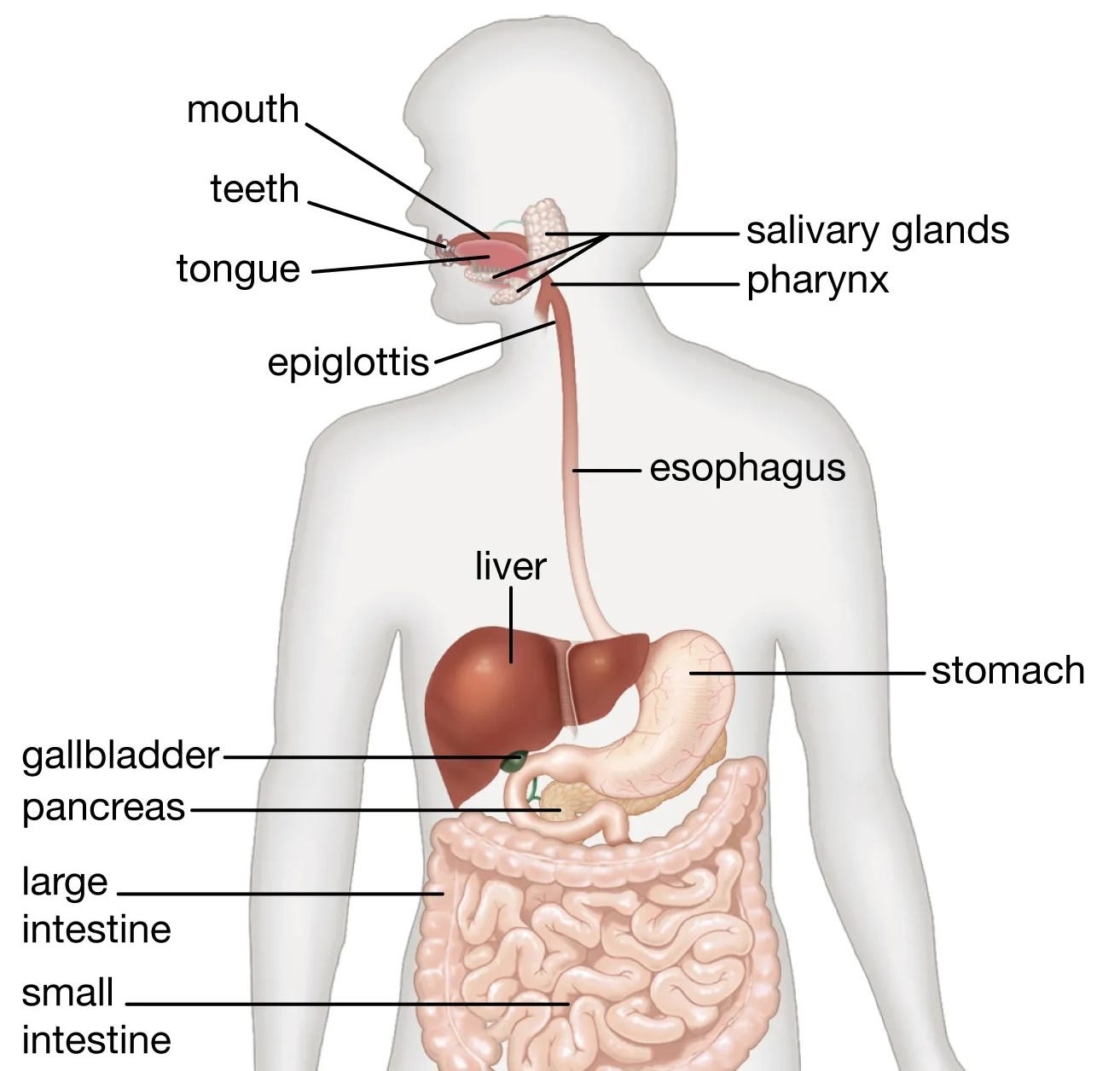
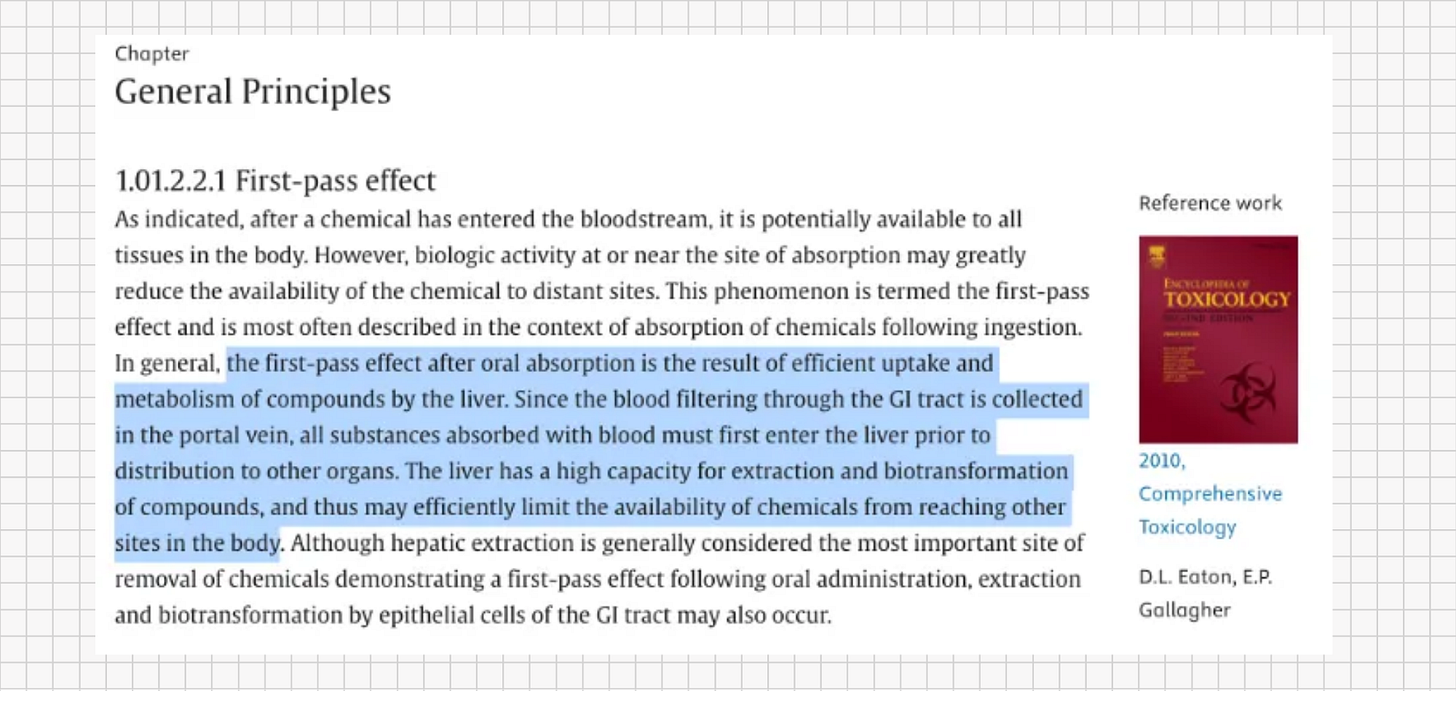
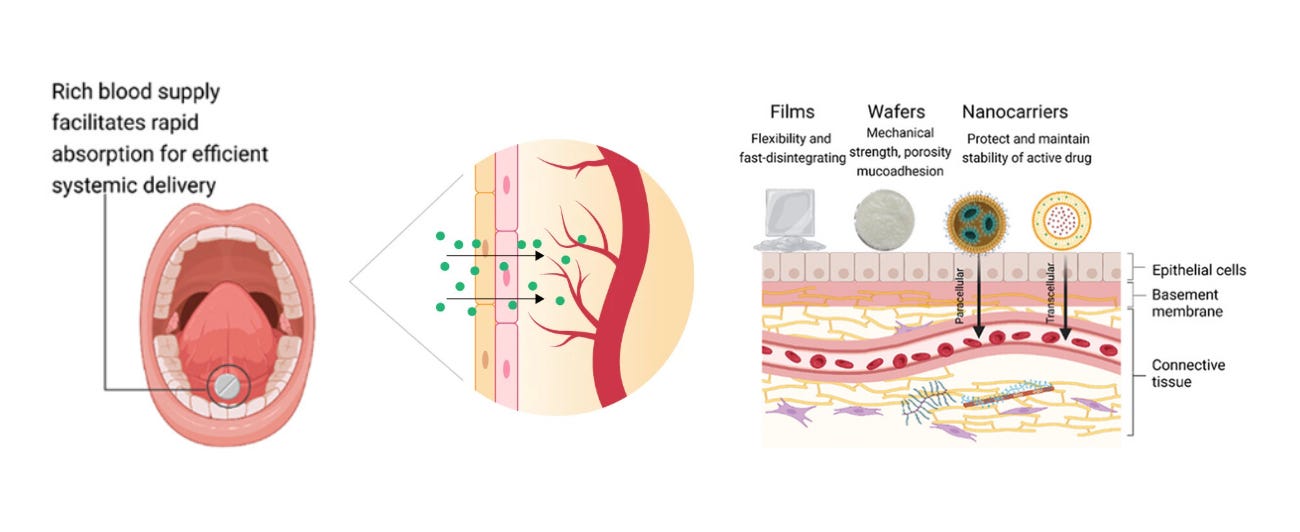
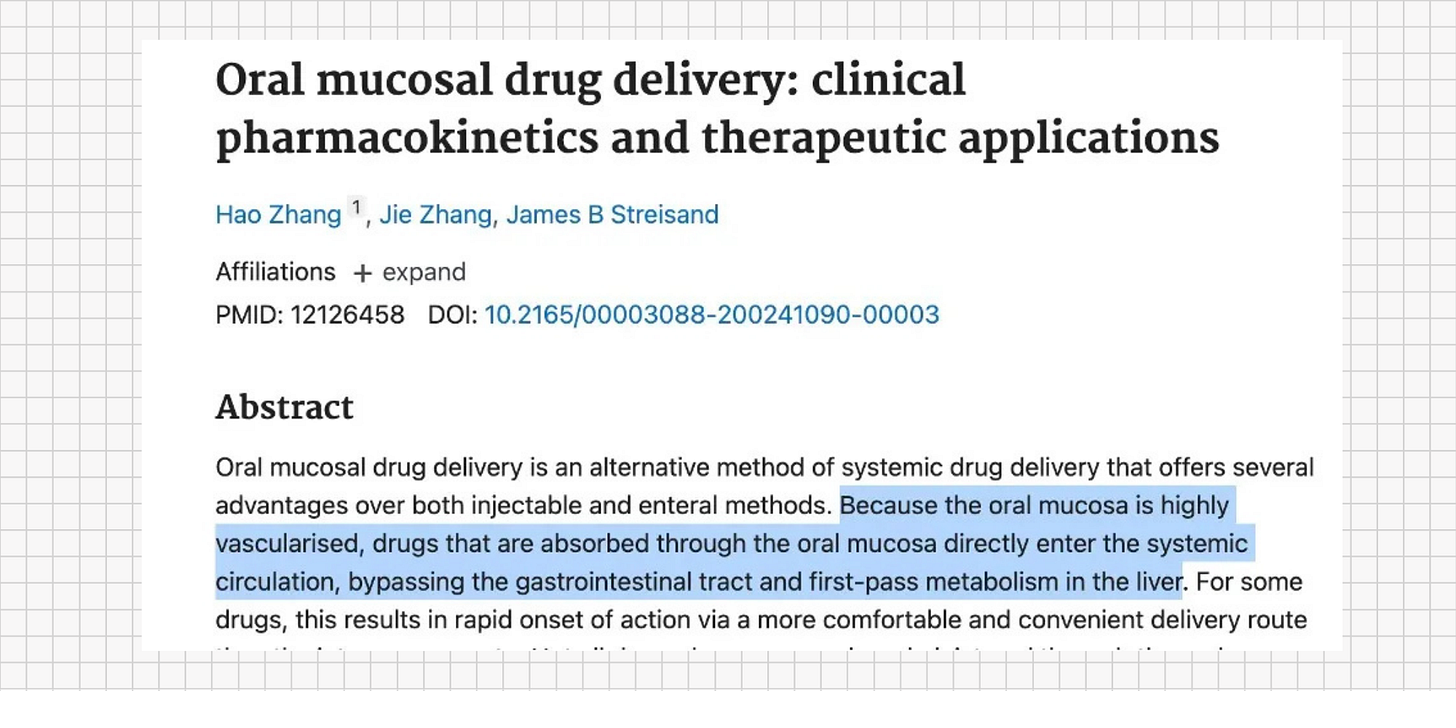
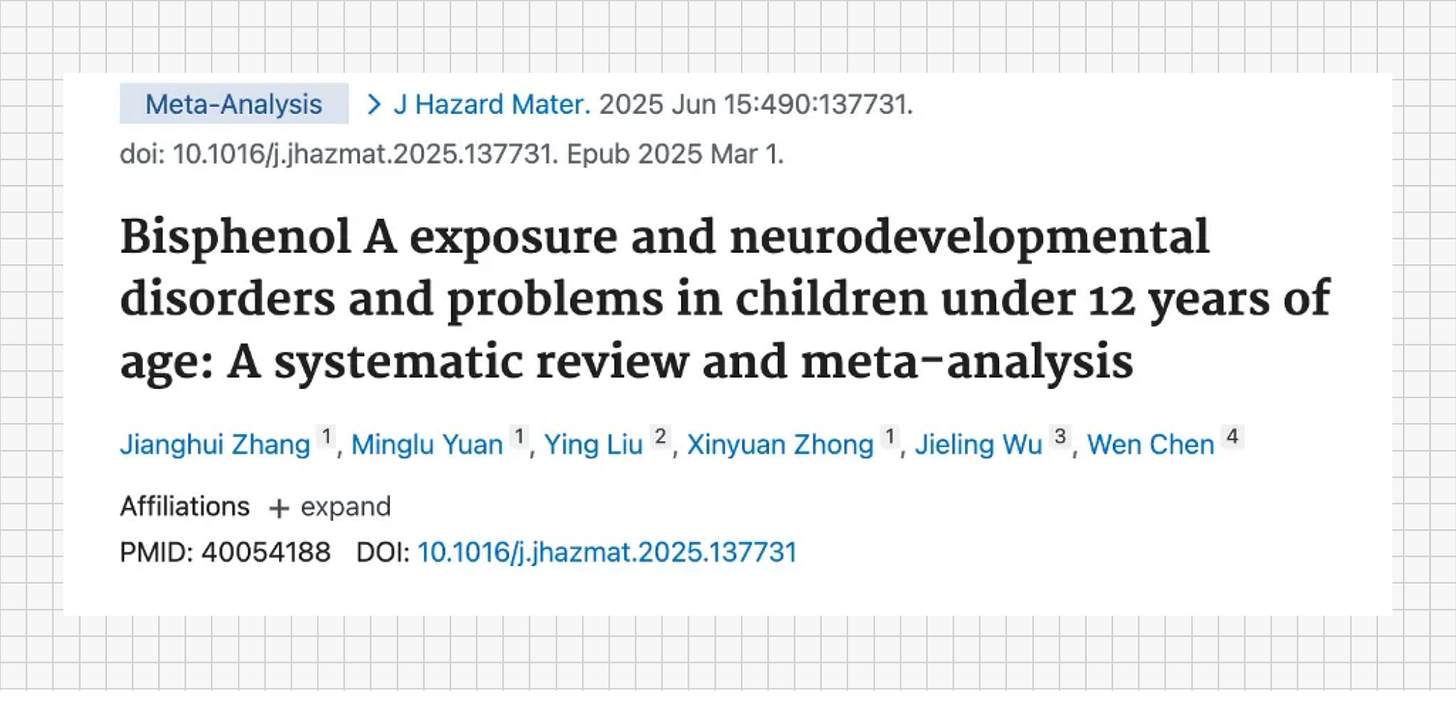
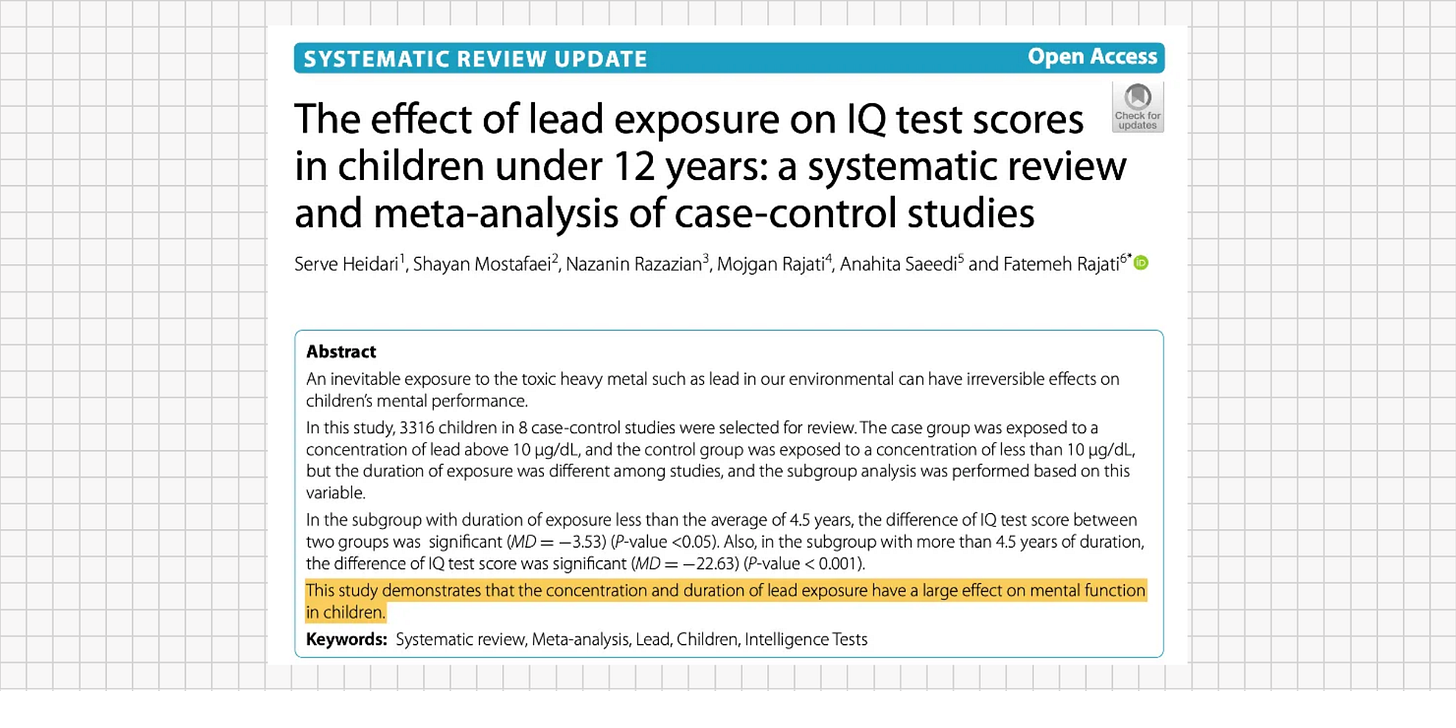
I appreciate these! So glad you’re sharing this information. 🙏🏽